It’s day three of 17 on the Cape Wrath Trail, and I’m descending to a ruined settlement with Nicky Easton from Ashtead in Surrey. “We wanted to get into the wilderness. For me it’s about the space, the remoteness, getting away from everything,” she says.
Experienced trekkers, like Nicky, who have hiked Grand Randonnée (GR) trails in the Alps or the Pyrenees, will be familiar with the pattern on the Cape Wrath Trail. Most days feature a big climb to a pass, or bealach, before a long descent into the next glen. The topography of Scotland’s west coast means a walk south to north runs cross grain to the lochs and mountain ridges, which cut in deeply from the western seaboard. The trail doesn’t summit once – just like its European counterparts, it is a journey through, not over the mountains.
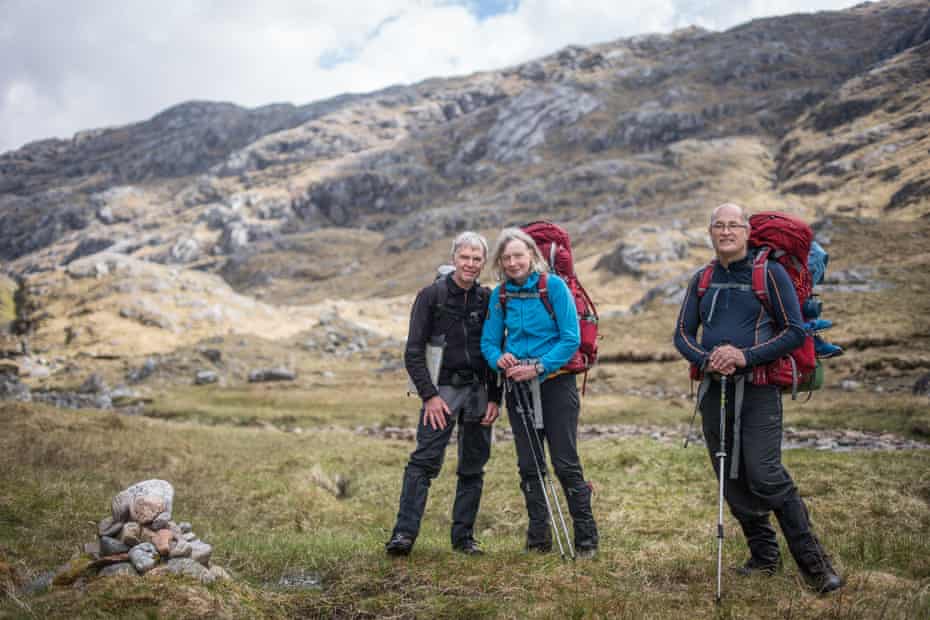
-
‘We wanted to get into the wilderness … get away from everything’: Walker Nicky Easton, from Ashtead in Surrey (centre), with Duncan Parsons (left) and Kevin Pryor
But while the climbs aren’t nearly as high, the terrain can be far more challenging. A few days later, I meet seasoned hillgoer Liz Steel from Cumbernauld, who summarises the differences well. “What’s different about the walk to the Cape is the terrain underfoot. On other trails you don’t get the variety – bog, rock, peat hags, road walking – the trail throws everything at you.”
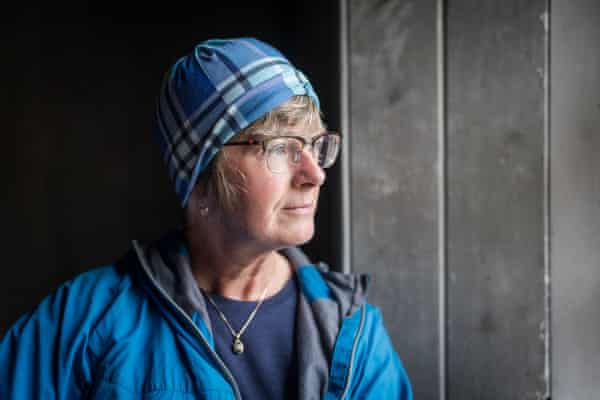
The name is also something of an oxymoron. The way to Cape Wrath is not an official national trail at all, more a loose collection of old stalkers’ tracks, drovers, and coffin roads. It starts in Fort William and ends at the lighthouse in Cape Wrath. The mileage varies between 230 and 260, because there are so many variations. We covered approximately 246 miles. There are no signs or flashes that point the way, and travellers must for the most part be self-sufficient.
Carrying camping gear and several days food gives some sense of just how hard it must have been to drive cattle over knotty cols, connecting glen with marshy glen, but perish the thought of shouldering a deceased relative over the moors to their final resting place. Nevertheless, herein lies the central insight and specific magic of this walk. These are Scotland’s hidden roads; ways that link vanished settlements, summer grazings and hunting grounds. From about 1750, those who built them were forcibly removed as the land was enclosed, first for sheep farming and later for deer stalking.
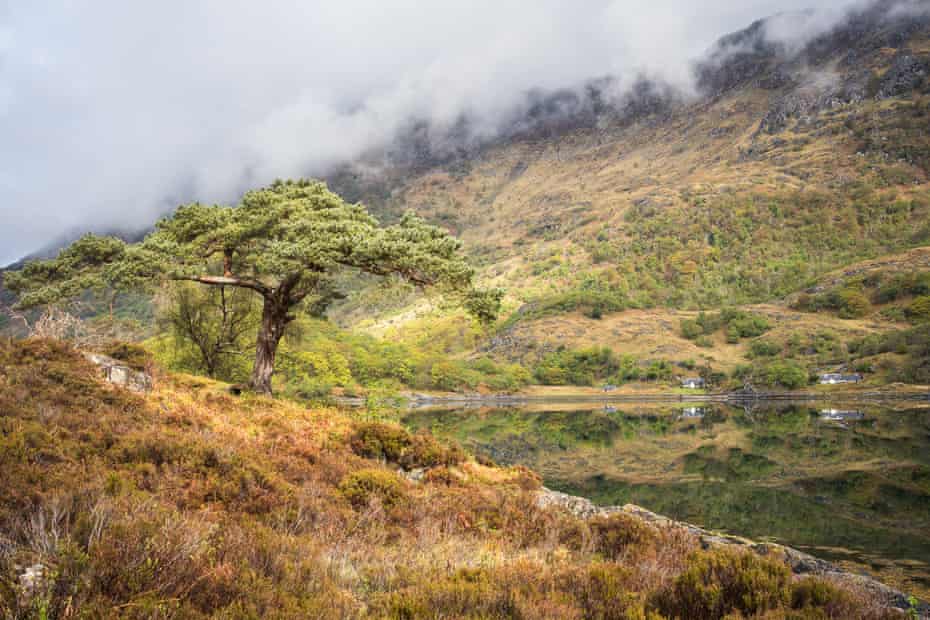
On our own way north, we pass dozens of ruins, evidence of crofted farmsteads, small gardens and lazy beds. By contrast, the occasional estate houses we pass seem perversely ostentatious. Precisely because it winds through the mountains from glen to glen, a walk on the Cape Wrath Trail is a walk through Scotland’s clearance past, and Britain’s colonial present. For those with migration and exodus in our family histories, it’s a landscape of ghosts.
It’s difficult to reconcile historical fact with the themes expressed again and again by modern visitors, coming up for air after lockdown and immersing themselves in the beauty and solitude of Scotland’s west coast. Back in Knoydart, three young men from the Wirral are cleaning fresh caught mussels outside a bothy. “It’s just nice to get out and not see anyone for a while,” says Aaron. Merlin adds: “There’s a bit of green space near home, but no mountains to climb. It’s not like here, so open and free.” For the dozens I meet over nearly three weeks on the trail itself, their passion and appreciation for peace, space and nature is completely sincere, whether they are aware of its wider context or not. As such, it’s hard to begrudge the connection.

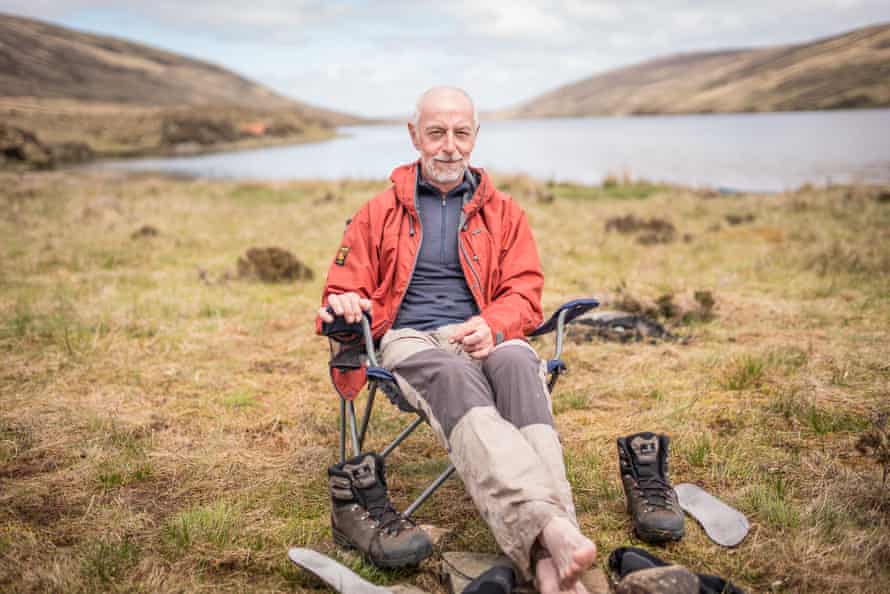

As for the walk itself, it’s both unrelenting and intensely beautiful. More or less stoically, we suffer muscle spasms, trench foot and various infections as well as blistering heat, snow, high winds and freezing rain. For my companion David Blair, a retired butcher based on Arran and veteran of many a long cycle tour, it’s “the hardest thing I’ve ever done”. For my friend Mick McGregor, a mountaineer and senior nurse from Glasgow, “it never stops. Just when you think you are making progress, something changes.” Over a dram or two at camp, we also touch on how, for these urban Scots, the trail is a way of connecting with their own country.
After a week or two, we become part of the furniture and the animals begin to ignore us. The trials of the trail will fade, but committed to memory forever are the wake-up calls of cuckoos and curlews, our close encounter with a golden eagle, the kestrel that quivers above a flowering meadow, a baby otter pottering at the edge of a burn, a black throated diver gliding on a mirror calm loch, and the gentle browsing of a yearling stag at camp. These silent, dusky moments after long, tiring days feel like spells cast, unique and unspoken. For these creatures, the landscape we and they move through is not wild or on the edge; it is their home, their centre.
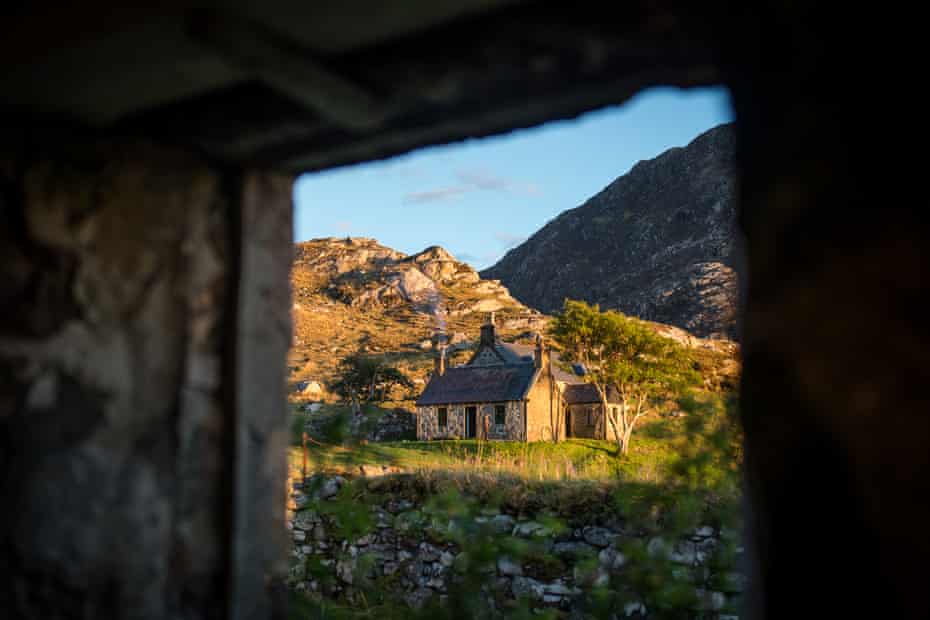
Long walks are immersive. You wake at first light, eat and sleep when you can. New habits form and one’s perspective is changed.
But that’s just part of the story – the trail meets tarmac and passes through villages, too. Early on, I speak to Hannah Gordon, who commutes from the family home in Arisaig to work for the National Trust for Scotland at Glenfinnan Monument. She’s keen to point out a newly built community car park and hopes for an expanded visitor centre. “The current one was built for 40,000 visitors a year, but even pre-pandemic we were seeing 10 times that number.” Scotland is changing and is not remote, by any measure. The winding tracks we take through settlements old and new confirm it never was. Remoteness was always relative.
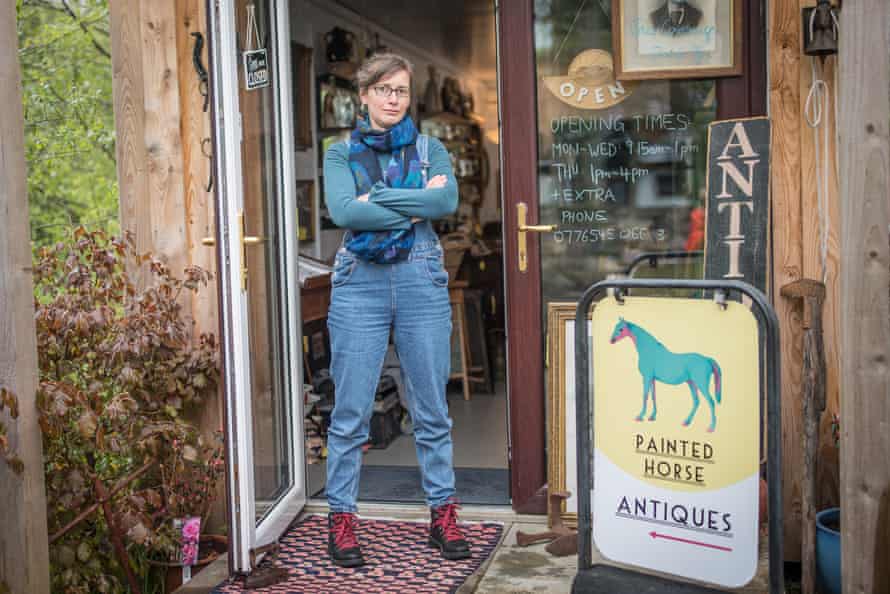
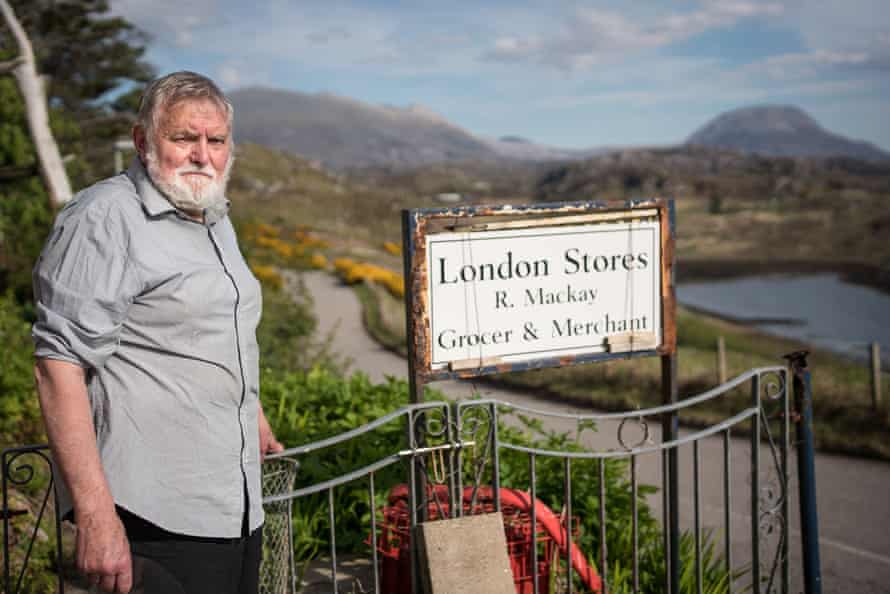
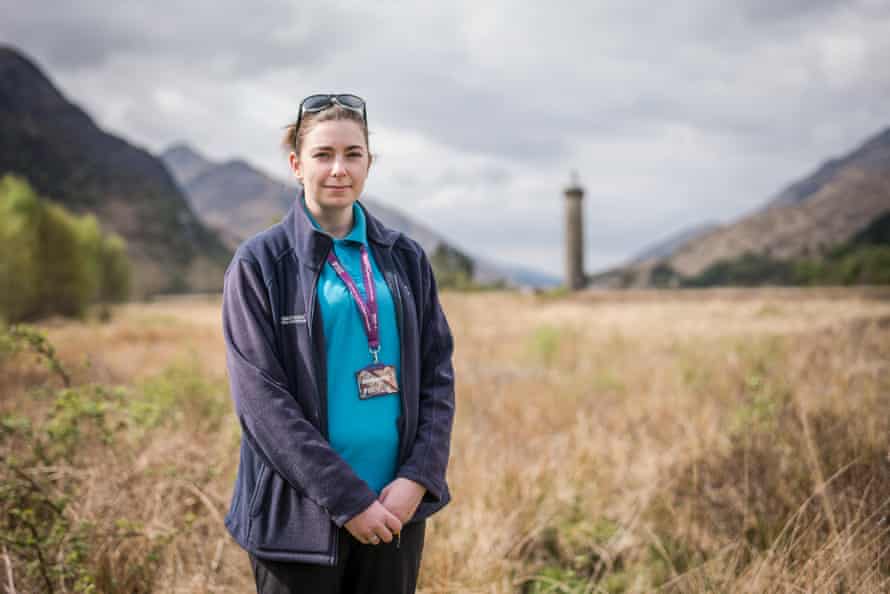
-
Clockwise from top: Kinlochewe shopkeeper Yasmeen Hollenstein, originally from Austria; Hannah Gordon at the National Trust site Glenfinnan; Irwin Mackay, owner of The London Stores near Kinlochbervie
A week later, we rest at Kinlochewe, to let feet heal and bad weather pass, and I spend a rainy morning chatting with Yasmeen Hollenstein. Originally from Austria, she opened Painted Horse Antiques in April 2018. “I used to drive through thinking ‘who’d want to live here?’ I’m not even keen on mountains. What’s kept me here is the sense of community. Local people want you to do well. They have their own experience of trying to make a life here, and it’s more obvious in a small place how economics work, how things come around. It’s really supportive.”
To those who are keen on mountains, Yasmeen’s account might sound a long way from the solitary “wilderness” we keen for. Yet I hear a similar story from Irwin Mackay, shy owner of The London Stores, a tiny shop stuffed full of snacks, fresh fruit and newspapers, near Kinlochbervie. The store, which belonged to his parents before him, is something of an institution for walkers topping up for the final days on the trail. “I’m here on my own. Sunday is my only day off, it’s hard work. Tesco comes in by van seven days a week, they’ve taken some of my business, but Cape Wrath walkers make a real difference. Sometimes I wonder if I could have moved away, done something different, but I’m still here. It’s a home. We have a community here.”
This is just a few of those I met and it’s only a snapshot. My sample was self-selecting, and equally instructive were the refusals. Those who declined may have preferred to be discreet about businesses run on land leased or owned by an estate. They may have had a mistrust of the media or just not wanted to talk about themselves. In Durness, one man I spoke to had simply had enough: “I don’t mean to be antisocial, but we’ve had a hell of a time dealing with visitors over the last year, and it’s going to be another long hot summer.”
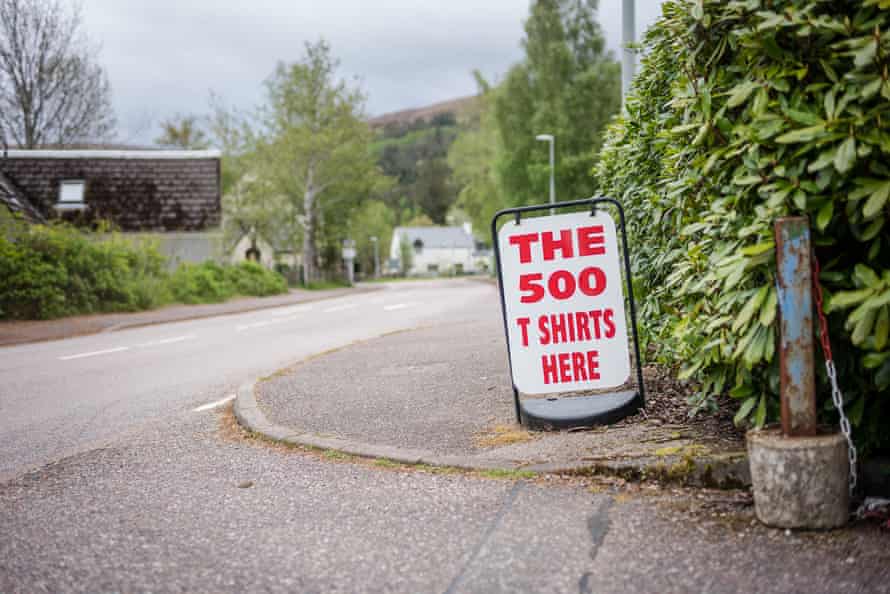
For some I speak to, pandemic travel restrictions have only added to an already pressured situation. Whether or not the heavily promoted North Coast 500 route is a victim of its own success, it is fundamentally changing the character of the Highlands. Where our trail intersects with the road, laybys and car parks are awash with mobile homes, while boy racers in sports cars lean into corners attempting to best each other’s times. The extractive tourism of Victorian hunting estates seems to have been recast in steel and fibreglass for the new normal.
The disconnect between Highlander and Outsider continued as we neared the trail terminus. As the only place on the British mainland on which the navy and air force can practice live firing, access to the Cape is strictly controlled by the Ministry of Defence. Unexpectedly, we found our final approach to the lighthouse blocked by three days of target practice. The public information hotline rang through to an answer machine, and the locals knew no more than we did, strangers in their own land. Frustrated and unsure of how to proceed, we waited outside the exclusion zone until the firing ceased and snuck across the perimeter.
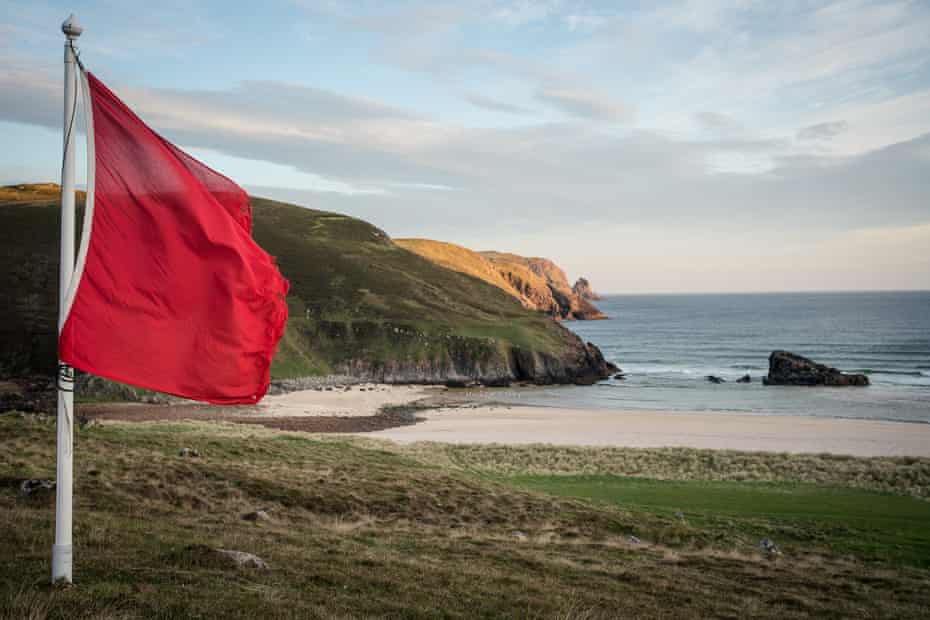
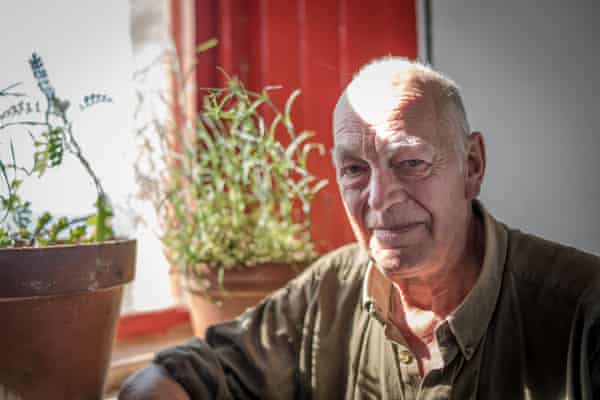
As so often with these kinds of endeavours, the end was both underwhelming and reassuring. I had one last person to meet. John Ure has looked after the buildings surrounding the lighthouse for the last 15 years and is now their owner. What keeps him and his daughter there, on the most north westerly point of the mainland?
“It’s the lifestyle really, meeting all these mad people. You have to have something loose to get here. Despite what people might think, this isn’t a solitary place. In the summer it’s busy, and fun. We run a five-month season for visitors, which leaves seven months to renovate the building. And in February, when the big storms come in … you want to see that ocean when it gets wild. We sit by the fire and watch. Nobody else is seeing that.”
A long walk may deepen one’s understanding of a place and those it supports, but ultimately it wriggles free of reductive binaries. The Highlands is not simply an adventure playground, a racetrack, bombing site or a Shangri la. It is somewhere people call home, containing tensions, possibilities, contradictions and, yes, multitudes. For me, the relationships between centre and periphery, resident and visitor, present and past are a huge part of what make the Cape Wrath Trail such a captivating journey.
David Lintern is a photo journalist, guide and author of The Big Rounds




